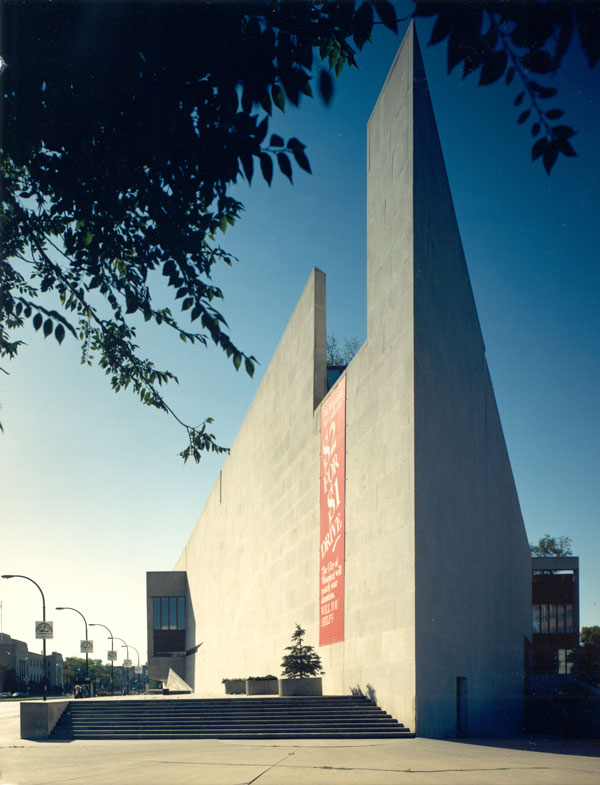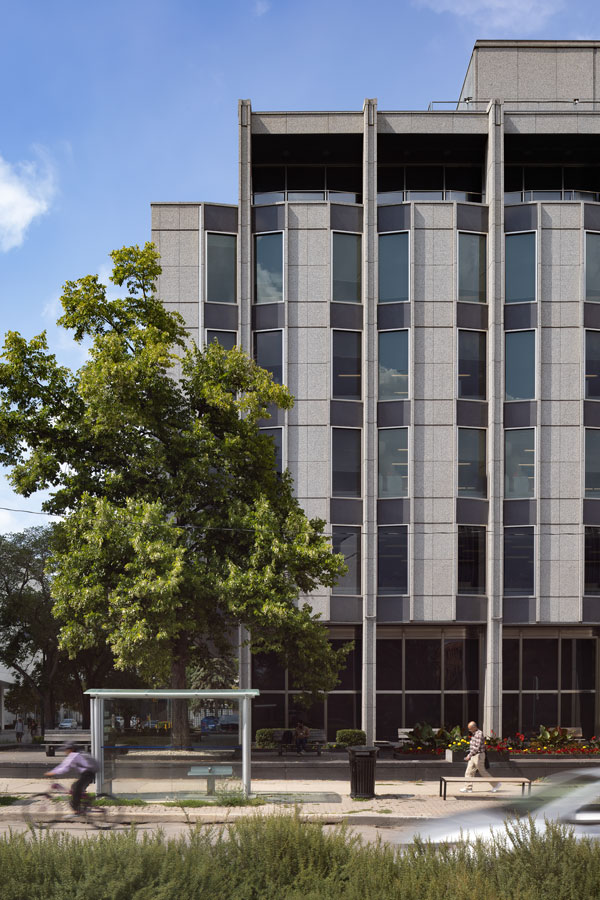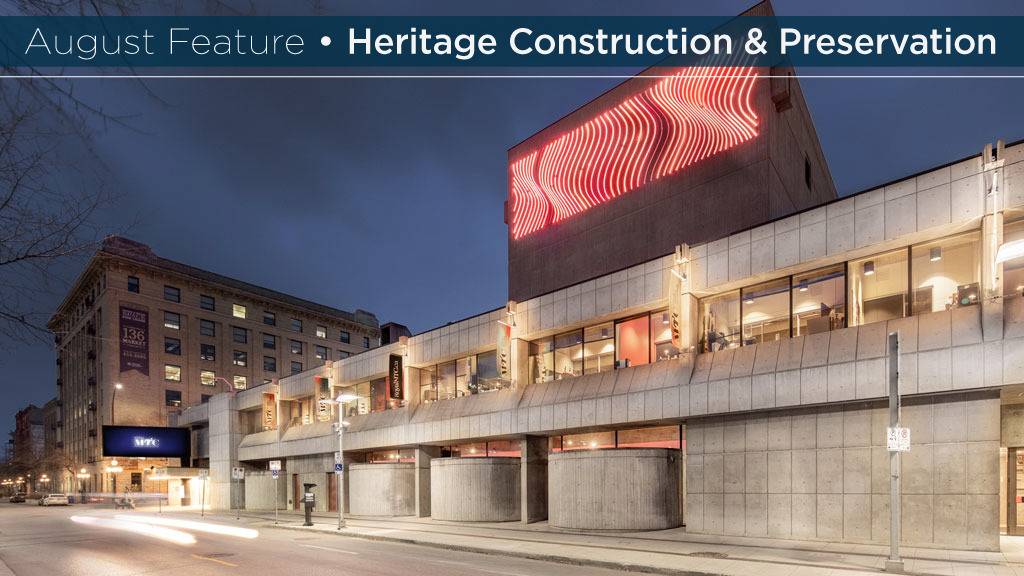Most Canadians know about the extensive collection of turn-of-the-20th-century commercial buildings in WinnipegтАЩs Exchange District.
A National Historic Site, the 20-block area has over 100 stone and brick warehouses and terra-cotta-clad office buildings, most of them built during WinnipegтАЩs first economic boom.
Fewer people, however, are aware of the many examples of post-World War II modernist architecture throughout the city, most of them constructed between 1945 and 1975.
The first examples of modernism, an international architectural movement, began to appear in Winnipeg after the Second World War.

Modernism avoided the heaviness and ornamentation of the past, using instead such modern materials as reinforced concrete, glass, steel and lots of glass to let in natural light.
Modernism expressed the optimism and enthusiasm of a generation that wanted to get out from under two world wars and the Depression and start living again.
Examples of modernism large and small can be found in every Winnipeg neighbourhood, one of the benefits of being a slow-growth city.
тАЬHeritage buildings in the Exchange District are purpose-built, with small windows and small indoor spaces, and lots of decorative touches, such as cornices and parapets, which makes them expensive to build,тАЭ said Cindy Tugwell, executive director of Heritage Winnipeg Corporation.
Modernist architecture, on the other hand, has lots of open space, with big windows that open the buildings up to the natural environment,
тАЬBecause theyтАЩre plainer than the older buildings, theyтАЩre appreciated less by the general public,тАЭ said Tugwell.
Susan Algie, executive director of the Winnipeg Architecture Foundation, says Winnipeg ModernтАЩs most distinctive characteristic is its use of Manitoba Tyndall Stone.
тАЬMany designs in other cities would use concrete but, in Manitoba, Tyndall Stone is the material of choice,тАЭ said Algie. тАЬItтАЩs a joy for modernist design to be using a fossil-laden limestone that goes back 450 million years.тАЭ

In 2023, the International Union of Geological Sciences designated Tyndall Stone as a Global Heritage Stone Resource, the only one of Canadian origin.
тАЬAnd Manitoba is the only place where itтАЩs quarried, at an operation in Garson, near Winnipeg,тАЭ said Algie.
Although there is nothing as large as the Exchange District, Algie says there is a тАЬwonderfulтАЭ modernist precinct downtown that includes City Hall, Centennial Concert Hall, Manitoba Museum and Planetarium and the Royal Manitoba Theatre Centre.
тАЬThe Universities of Manitoba and Winnipeg have many modernist buildings, almost all of them designed by graduates of University of ManitobaтАЩs Faculty of Architecture,тАЭ she said. тАЬAnd there are several excellent residential areas in that remain largely unchanged from when they were built in the 1950s and 1960s.тАЭ
Algie says that, although modernist architecture has received less attention from the public than the buildings in the Exchange, there is growing interest in it.
тАЬWe offer a range of programming through the year with tours and talks which are always full,тАЭ she said. тАЬWe are particularly pleased that attendees are of all ages and cultural backgrounds, including new arrivals in ║┌┴╧│╘╣╧═Ї. First dates, too.тАЭ
Serena Keshavjee, who teaches art history at the University of Winnipeg and is the author of Winnipeg Modern/Architecture 1945-1975, says one of the reasons why modernist architecture isnтАЩt more widely appreciated is that, to the untrained eye, it looks too easy.
тАЬIn fact, it is very sophisticated, with regional modifications to allow for WinnipegтАЩs extreme climate,тАЭ said Keshavjee. тАЬMany designs have wind breaks, and brise soleils, which reduce heat gain in a building by deflecting sunlight.тАЭ
Jino Distasio, director of The Institute of Urban Studies at the University of Winnipeg, says the collection of modernist buildings in the Civic Centre,
where the Disraeli Freeway that brings commuters from the eastern suburbs meets Main Street, is a unique example of urban renewal modernism.
тАЬItтАЩs an attempt to transform a deteriorating part of downtown, and, at the same time, provide a modern and forward-looking introduction to the city to people living in the suburbs,тАЭ said Distasio.
Sasa Radulovic, founding partner of 5468796 Architecture Inc., says some people prefer the ornamentation of older buildings and find modernist architecture cold.
тАЬBut, in fact, modernism shows that beauty can come from rational thought, and doesnтАЩt have to be covered in layers of pretension,тАЭ said Radulovic.
Many of the best examples of modernist architecture in the city were done by young local architects who were given their head by their firms and allowed to develop and express their ideas.
тАЬThey were able to distill the essence of a building to what it was and no more than that,тАЭ said Radulovic. тАЬThere was no pretense. It was a very mid-century, mid-western sensibility.тАЭ



Recent Comments
comments for this post are closed